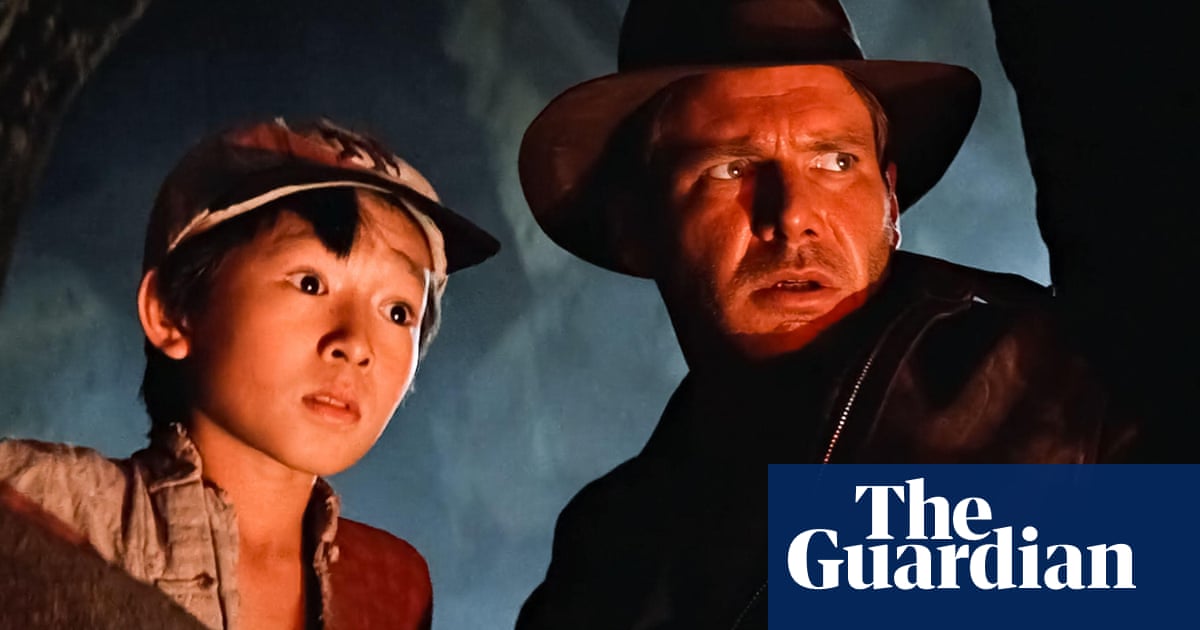Indiana Jones and the Temple of Doom begins with an action sequence that’s almost exactly 20 minutes long, starting with a show-stopping east-meets-west rendition of Anything Goes at a Shanghai nightclub in 1935 and ending in the whitewater rapids at the foot of the Himalayas. For the director Steven Spielberg, whose Raiders of the Lost Ark had instantly been canonized as an all-time great adventure movie only three years before, the only option was to top himself, to make a sequel so breathlessly paced and technically proficient that audiences would be whisked along relentlessly. At one point, it literally becomes a rollercoaster ride, with runaway cars zipping through a mine shaft like Space Mountain.
But the opening action sequence does end. And while there’s a generous array of other outstanding set pieces to come, The Temple of Doom has to do the ugly business of moving the story forward through characters and cultures colliding, and through the sort of mythological nonsense that brought Nazis and religious artefacts together in the original. This is where The Temple of Doom got itself into trouble 40 years ago and still hasn’t quite recovered, despite ample evidence that Spielberg, still hot off Raiders and ET the Extra-Terrestrial, was at the peak of his powers. There are so many qualifiers to liking the film – Kate Capshaw, “Short Round” and chilled monkey brains just for starters – that it’s almost too exhausting to defend.
…
And yet, just as Indy’s inflatable raft has to come down to earth eventually, so does Temple of Doom, landing hard in an ill-considered mix of leaden romance, gross-out comedy and a level of cultural insensitivity that edges into the grotesque. There’s a degree of cartoonishness baked into Spielberg and George Lucas’s revival of old-fashioned adventure serials, as a dashing American tomb raider snatches powerful relics from the hands of various global evil-doers. But once this film lands in Pankot Palace in India, where Thuggee cultists have taken a precious stone from a village and enslaved its children, the entire ordeal feels icky on both ends: a village so helpless that it needs a white American to save it and a scene at the palace that seems barbaric from dinnertime to a mass ritual of human sacrifice.



Do you mean all their journalism pieces are trash or just some of their opinion pieces like this one?
'Cuz they published some excellent investigation journalism for a while. I’m specially fond of their “long read” section.